The plantar pressure plate has important value in the assessment of walking development in children. By quantifying plantar load distribution, gait characteristics, and balance ability, it provides precise evidence for early screening, intervention, and rehabilitation. The specific value is reflected in the following aspects:
1. Early Identification and Intervention of Abnormal Gait
Structural Abnormality Screening
Flatfoot/High-arched foot: During static standing, detect arch contact area (increased midfoot pressure in flatfoot), and pressure distribution shift (concentration on forefoot/heel in high-arched foot). Combined with dynamic gait analysis of inversion/eversion angles and gait line abnormalities.
In-toeing/Out-toeing: Quantitative evaluation of lower limb force line deviation through foot angle and step width, preventing secondary joint injury.
Neurological Development Problem Warning
Balance defects in children with cerebral palsy: During dynamic walking, COP (center of pressure) trajectory is disordered, unable to form a symmetrical “butterfly-shaped” path, and ASI (absolute symmetry index) value is significantly higher than that of normal children.
Quantification of gait symmetry: The left-right support time ratio deviates from 1 (e.g., S2 value of 1.12±0.32 in children with cerebral palsy), indicating risk of gait asymmetry.
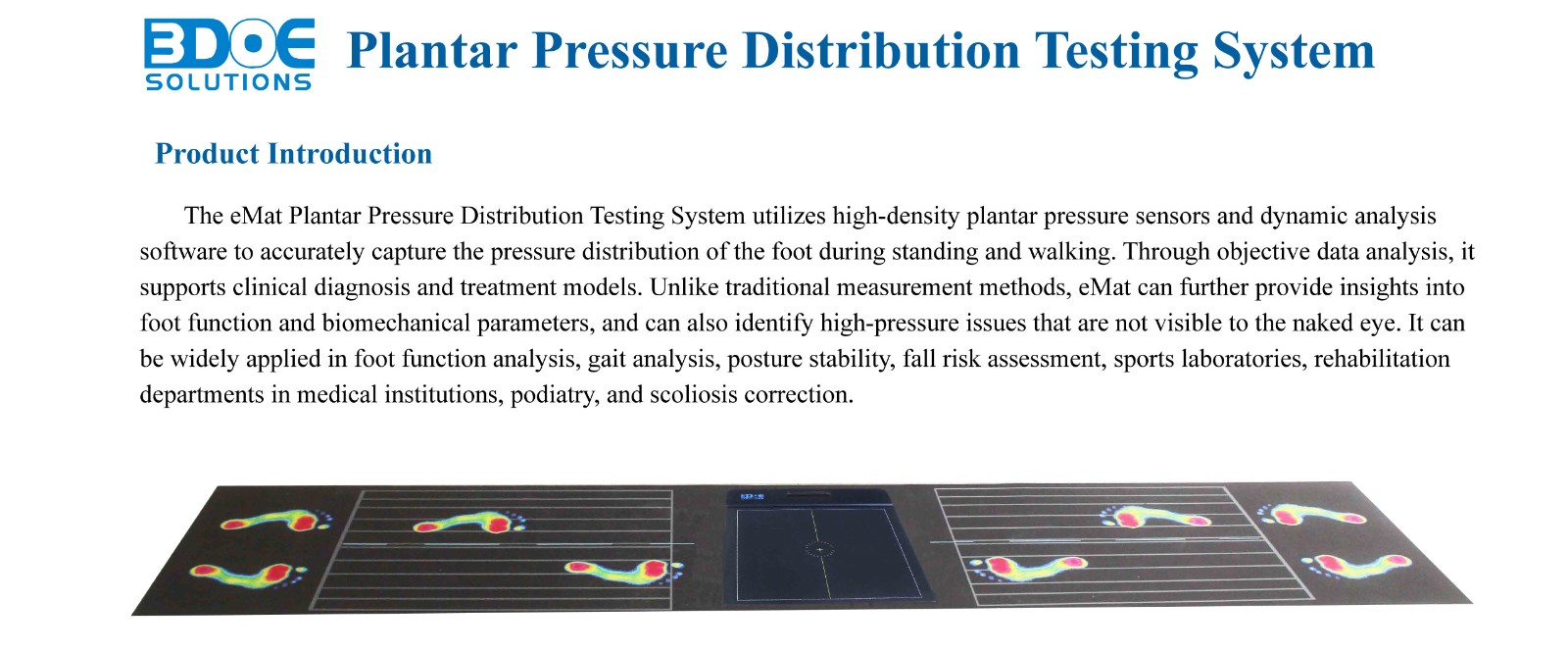
2. Quantitative Evaluation of Biomechanical Development
Arch Development Monitoring
Analyze the medial and lateral arch load ratio during dynamic walking, identifying trends of arch collapse or rigid high-arched foot in children.
Gait Maturity Analysis
Compare gait parameters of different age groups (such as single-leg support phase ratio, stride length) to establish developmental baseline curves. For example, the single-leg support phase ratio of normal children is significantly higher than that of the cerebral palsy group.
3. Precise Tracking of Rehabilitation Effect
Optimization of Intervention Plans
After customized orthotic insole intervention, verify the effect through changes in pressure peak values (such as reduced forefoot load).
Postoperative Functional Recovery
After clubfoot correction surgery, dynamically detect increased heel contact area and improved gait line.
4. Application in Special Child Populations
Rehabilitation Management for Children with Cerebral Palsy
Combine COP trajectory stability with single-leg standing duration to dynamically evaluate the effectiveness of balance training.
Preterm/Developmentally Delayed Children
Early comparison of gait parameters (such as cadence, step width) to warn of motor development delay.
Notes
Standardized testing: Static (standing position) and dynamic (walking) tests should be combined, barefoot to exclude footwear interference.
Multimodal integration: It is recommended to combine with electromyography and 3D motion capture systems to improve comprehensiveness of evaluation.

 +86-0755-86131192
+86-0755-86131192 2025-08-21
2025-08-21 Back to list
Back to list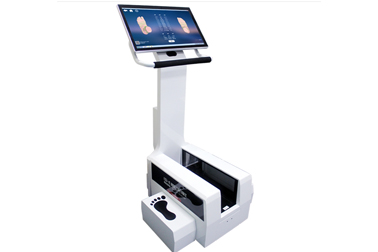
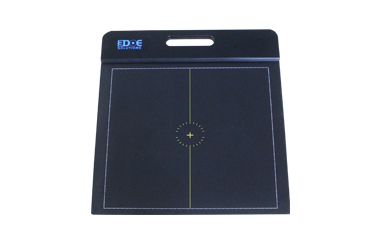
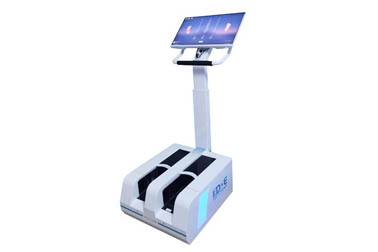
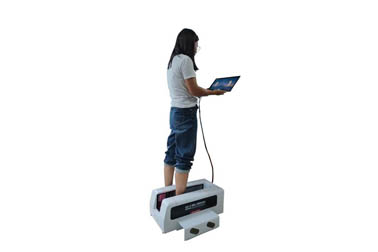
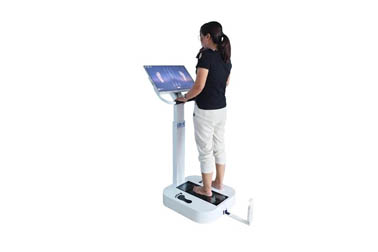
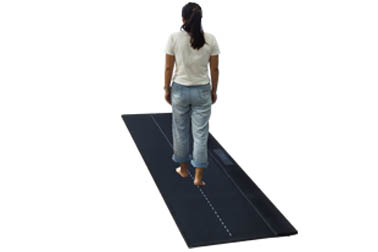



 +86-0755-86131192
+86-0755-86131192